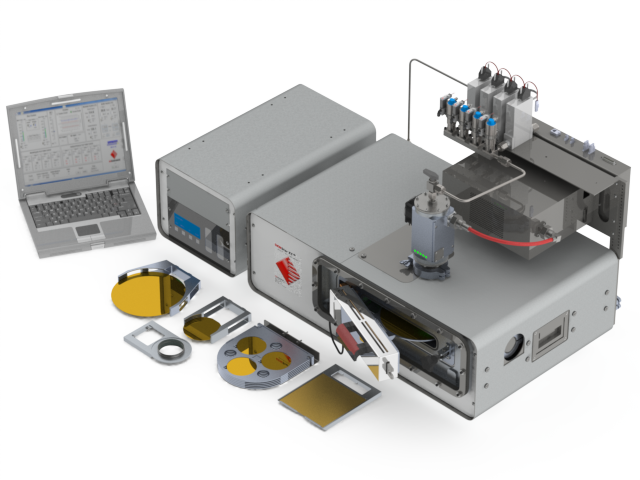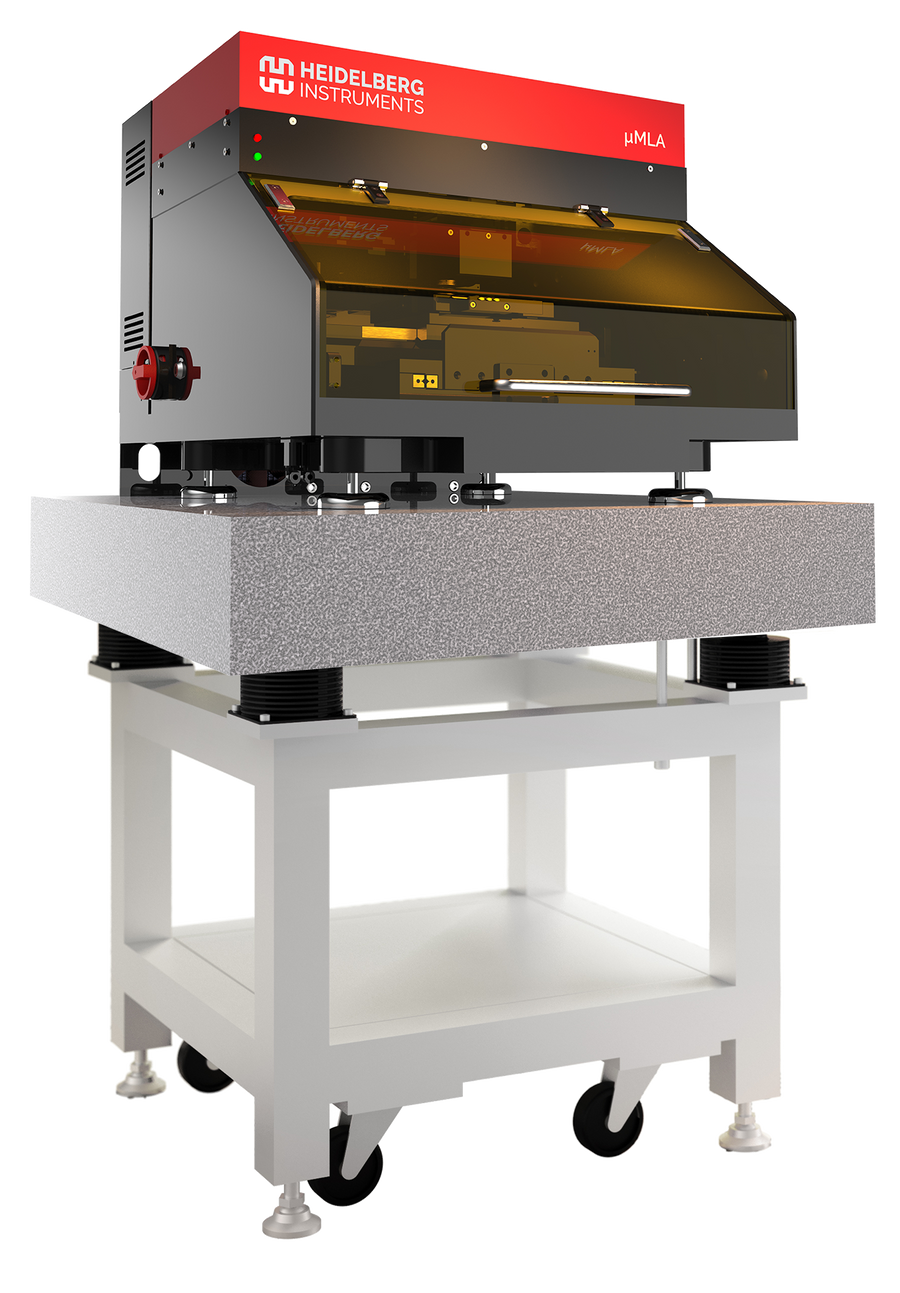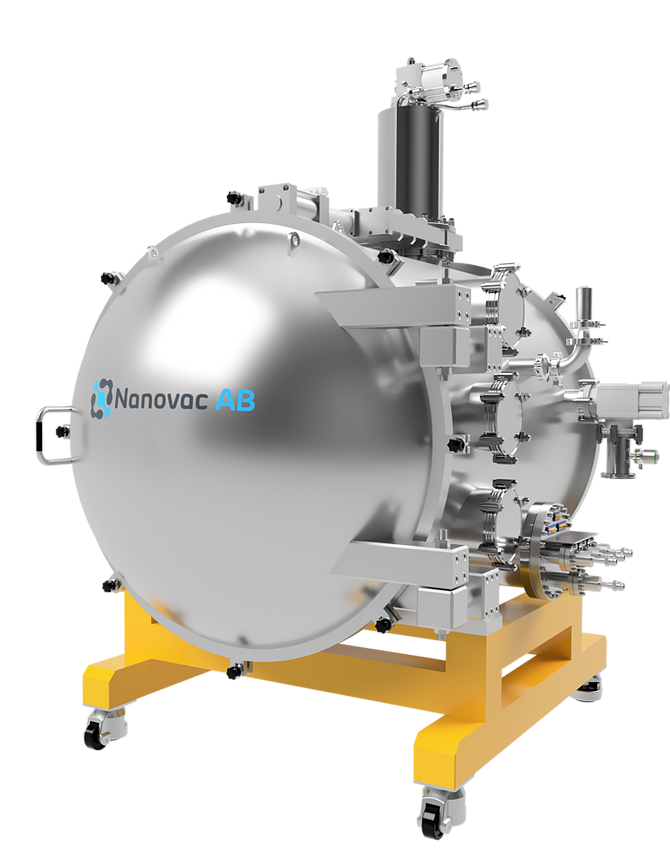The Qblox SPI offers a modular system, with current and voltage modules. The SPI mainframe incorporates an advanced scheme to enable the best noise performance by connecting the signals, power, and grounding to the SPI Rack through the isolated and filtered units. They consist of gyrator filtered power supply, the C1b controller module, and the C2 SPI Isolator box.
The signals from the PC are connected to the C2 Isolator box which is galvanically isolated to block interference from the mains power. The gyrator-filtered power supply further avoids any additional ground loops.
![]() Scalable: Multi-channel modules with 11 slots in a single SPI Rack
Scalable: Multi-channel modules with 11 slots in a single SPI Rack
![]() Silent: Avoid ground loops and interference
Silent: Avoid ground loops and interference
The S4g DC source is specifically designed for the high demands of quantum processors. The output range of the 4 channels can be software selected between ±50 mA, ±25 mA, +50 mA, and the 18-bit DAC resolution is maintained for all the ranges. This allows for optimal range selection without sacrificing resolution.
It features ultra stability and extremely low noise performance together with its host rack, the SPI mainframe. The output can be monitored during operation, using the high-impedance voltage monitor outputs on the front panel, which route the DAC voltages through a buffer.
Diagram:
Ultra stability and extremely low noise performance
The D5a 16 channels output range can be software selected between ±4 V, ±2 V, +4 V. The 18-bit DAC resolution is maintained for all the ranges, allowing you to configure your ideal range and resolution. The outputs have a 550 Ω output impedance and a compliance current limit of ±7.3 mA.
Avoid ground loops with the galvanically isolated control interface and gyrator-filtered power supply, minimizing interference.
SPI C1B
The SPI Rack chassis houses the S4g DC current and D5a DC voltage source
modules, and connects the modules to the integrated backplane which pro
vides the power, digital communication and certain analog signals to each
module.
The SPI mainframe incorporates an advanced scheme to enable the best
noise performance. The signals, power and grounding from the PC are not
connected to the SPI Rack directly, but through the isolated controller that consists of the C1b controller module and the C2 SPI Isolator box.
The signals from the PC is connected to the C2 Isolator box which is galvanically isolated to block interference from the mains power.

SPI D5A
The D5a is the ideal DC source for quantum computing applications that
require voltage biasing, specifically designed for the high demands of quan-
tum processors.
The output range of the 16 channels can be software selected between ±4
V, ±2 V, +4 V and the 18 bit DAC resolution is maintained for all the ranges.
This allows the user to choose the optimal range without sacrificing resolu
tion. The outputs have a 550 Ω output impedance and a compliance current
limit of ±7.3 mA.
Extra care has been taken for ultra stability and extremely low noise perfor
mance together with its host rack, the SPI mainframe. Thanks to the galvan-
ically-isolated control interface and isolated power supply, ground loops are
avoided and interference (like 50 Hz) is minimized.
The D5a DC voltage sources are controlled by the C1b module which is
connected to the host pc via USB link and configured via our Python and
QCoDeS drivers.

SPI S4G
The S4g is the ideal DC source for quantum computing applications that
require current biasing, specifically designed for the high demands of quan
tum processors.
The output range of the 4 channels can be software selected between ±50
mA, ±25 mA, +50 mA and the 18 bit DAC resolution is maintained for all the
ranges. This allows the user to choose the optimal range without sacrificing
resolution.
Extra care has been taken for ultra stability and extremely low noise perfor
mance together with its host rack, the SPI mainframe. Thanks to the galvan
ically-isolated control interface and isolated power supply, ground loops are
avoided and interference (like 50 Hz) is minimized.
The S4g DC current sources are controlled by the C1b module which is
connected to the host pc via USB link and configured via our Python and
QCoDeS drivers.
The output can be monitored during operation, using the high-impedance
voltage monitor outputs on the front panel, which route the DAC voltages
through a buffer. Each current output has a status LED. This LED lights up if
the signal reaches the load voltage compliance limit of ±3.5 V










